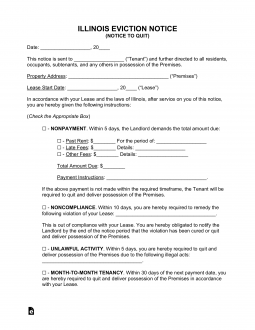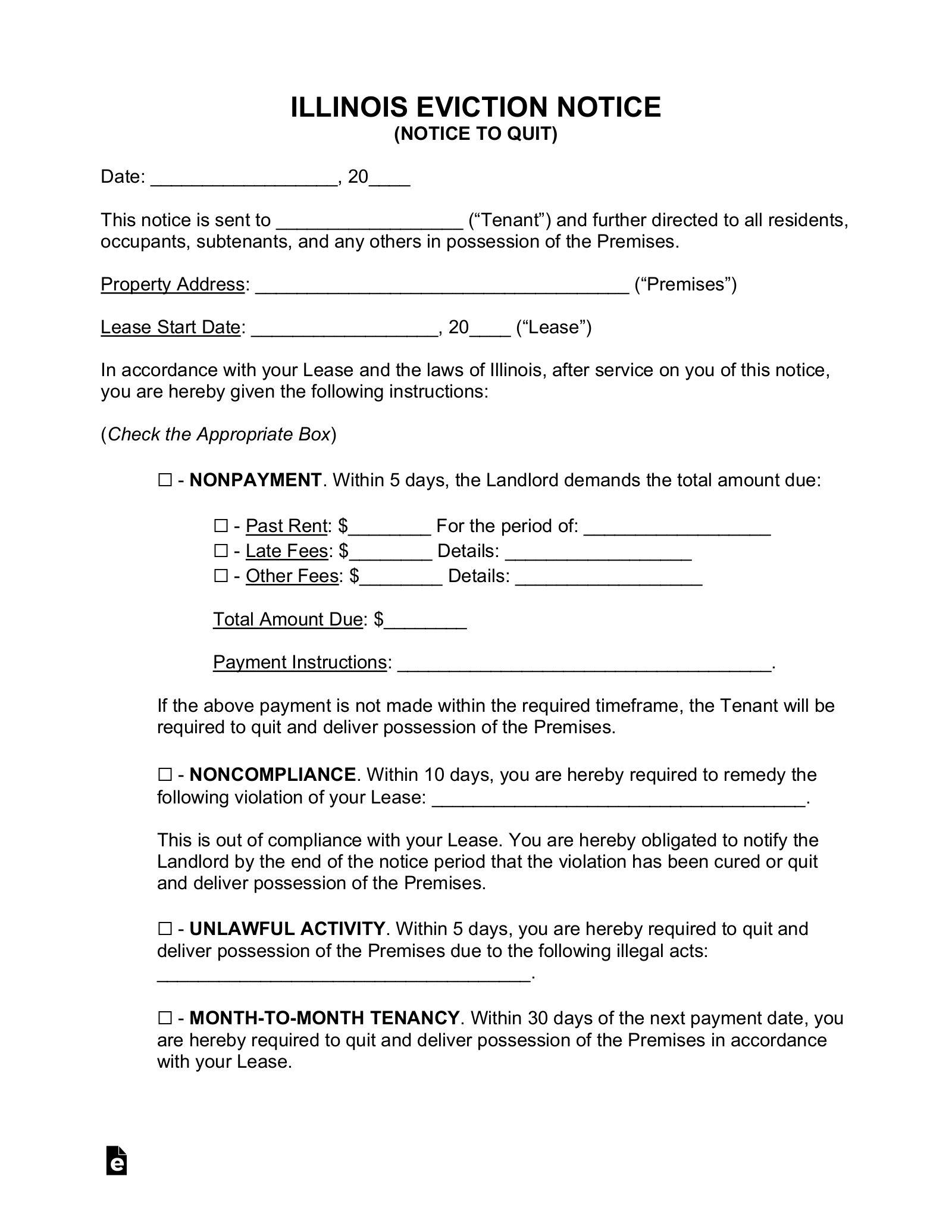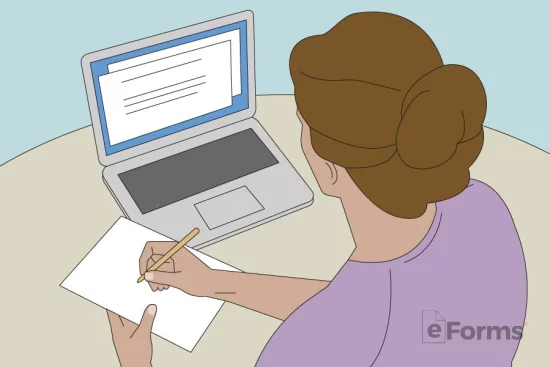Updated February 19, 2024
An Illinois eviction notice is an official letter used by landlords when seeking to inform a tenant that they have violated their lease. The reason must be included in the notice to quit and the number of days the tenant has to correct the issue. If the tenant does not adhere to the terms of the notice to quit, the landlord can seek eviction by filing a Forcible Entry and Detainer lawsuit in the Local Circuit Court.
By Type (4)
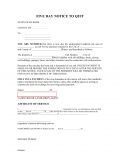 5-Day Notice to Quit (Non-Payment of Rent) – A landlord may provide written notice that the tenant is behind in his or her rental payment and will have to vacate the premises if the rent is not brought up to date in five days. 5-Day Notice to Quit (Non-Payment of Rent) – A landlord may provide written notice that the tenant is behind in his or her rental payment and will have to vacate the premises if the rent is not brought up to date in five days.
Download: PDF |
 10-Day Notice to Quit (Non-Compliance) – A landlord may provide notice to the tenant to vacate for not complying with the terms of the lease. 10-Day Notice to Quit (Non-Compliance) – A landlord may provide notice to the tenant to vacate for not complying with the terms of the lease.
Download: PDF |
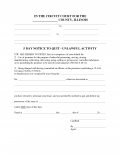 5-Day Notice to Quit (Unlawful Activity) – A landlord may give five days’ notice to vacate to a tenant who is engaged in illegal activity. 5-Day Notice to Quit (Unlawful Activity) – A landlord may give five days’ notice to vacate to a tenant who is engaged in illegal activity.
Download: PDF |
 30-Day Notice to Quit (Month-to-Month Tenancy) – A landlord may provide notice to a tenant that he or she does not intend to renew a month-to-month tenancy and that the tenant must vacate by the end of the 30 days. 30-Day Notice to Quit (Month-to-Month Tenancy) – A landlord may provide notice to a tenant that he or she does not intend to renew a month-to-month tenancy and that the tenant must vacate by the end of the 30 days.
Download: PDF, MS Word, OpenDocument |
Table of Contents |
Court Forms
Eviction Summons – The Summons is used to relay to the tenant (the defendant) that they are being sued. It will also provide the individual with the necessary information regarding how to plead their case in court.
Eviction Complaint (Sample) – The Eviction Complaint begins the eviction process by providing the Court with the necessary information to start a case. It is also served on the tenant in conjunction with the Summons to inform them of the reasons for which they are being sued.
Answer to Complaint – The tenant must file an Answer to the complaint denying or admitting to the claims against them. This must be completed by the date indicated in the Summons.
Eviction Order – This document is used by the judge to grant an eviction order. It can be used by the plaintiff to get the Sheriff’s Department to remove the tenants from the property.
How to Evict a Tenant (4 steps)
- Provide Eviction Notice to Tenant
- File Complaint and Summons at Circuit Court
- Deliver Copies to Sheriff’s Department
- Attend Hearing
2. File Complaint and Summons at Circuit Court
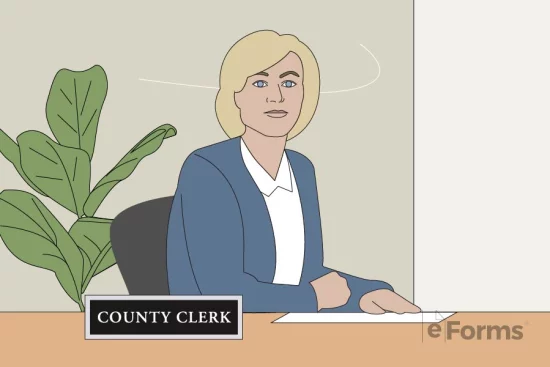
If the tenant fails to respond to the notice by remaining at the premises and continuing to be in breach of the lease, the landlord may commence proceedings in the Local Circuit Court. The first step is to file a summons and complaint with the clerk of the court. You will need to have three copies: one for the court, one for yourself, and one for the sheriff. The court will have the Summons and Complaint form for you to fill out. Here are samples of the Cook County forms: Complaint (Sample).
The filing fee may be up to $366, depending on the county.[7]
3. Deliver Copies to Sheriff’s Department
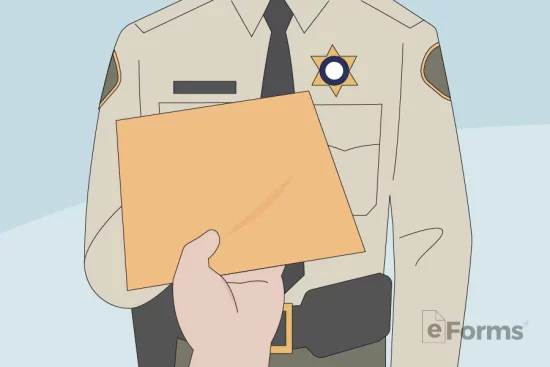
After you have filed the documents with the clerk, you will have to get a copy and deliver them to the sheriff’s department to have them served on the tenant. The Sheriff also charges a fee of $60. The tenant will then be able to counter the landlord’s claims by filing the Answer Form with the Circuit Court.
4. Attend Hearing
The court will schedule a day in court. If the tenant doesn’t show up or the judge finds in your favor, he or she will issue an Eviction Order, which will require the tenant to move out by a certain date. If the tenant does not move out, you will have to have the sheriff effect eviction by providing a copy of the Order.

